If you are thinking to install a solar power panel at your place, you might be asking the most common question to yourself again and again – how does it actually works? How it harnesses the sun’s power? How it produces electricity?

If you are thinking to install a solar power panel at your place, you might be asking the most common question to yourself again and again – how does it actually works? How it harnesses the sun’s power? How it produces electricity?





Solar panels are also known by other names, such as Photovoltaic panels,solar modules, and Photovoltaic modules. When the sun shines, solar panel absorbs photons from the sun rays light which creates an electric field across the layers of the photovoltaic cells of solar panel and cause electricity to flow. The produced electricity is further used to lighten the home.
This is only possible due to the photovoltaic effect. Photo means ‘Light’ in Greek and Voltaic refers to the generation of electricity. Not only does this help to save thousands of bucks on electricity bills, it’s also environment-friendly. The power generated by solar power panels doesn’t produce any waste products, thus it is completely safe.
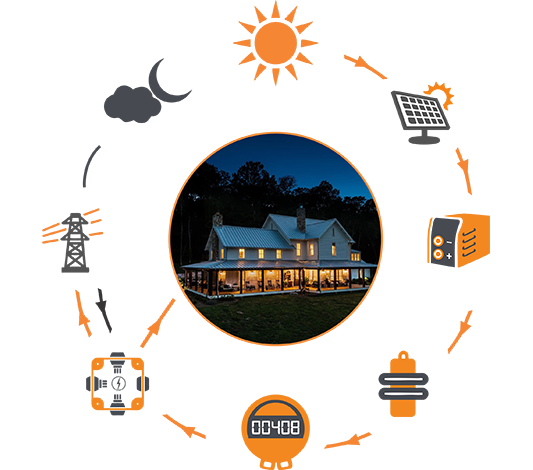
To illustrate the detailed working of solar energy, let’s follow the flow of electric power through a small
grid-tied residential system:
When sun’s light rays (Photons) strike the solar panel electrons in photovoltaic cells gets excited and begins the flow, thus creates an electric field which results in the generation of raw electric Power also known as direct current (DC) power. The solar power panels are made of high-quality silicon material;thus they don’t need anything except sun’s radiance to work.
The more the intense sun’s light rays, more is power generated. So, even when it is cloudy outside, solar power panels work and generate the power – though the production will be less than other days. (Solar Panels don’t work at night).
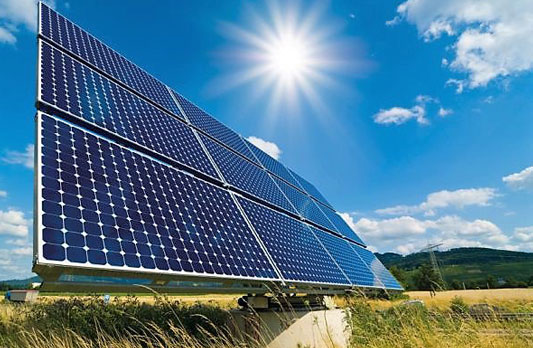
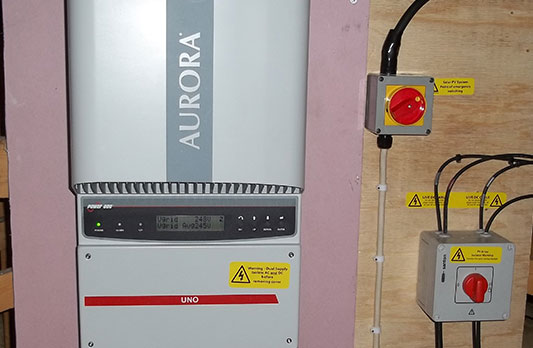
The produced power is DC Power; however, most of the electrical appliances in homes operate on Alternating Current Power. So a device “Inverter” is required which gathers DC Power and converts It to AC Power so that it matches with home’s uses. The AC- DC inverter automatically deactivates during the night and automatically starts operating when sunlight is sufficient.
An additional AC Isolator Switch is required which connects the Solar Power System to the existing infrastructure which protects equipment from being damaged by subsequent overcurrents from the inverter if it is in a faulty condition.
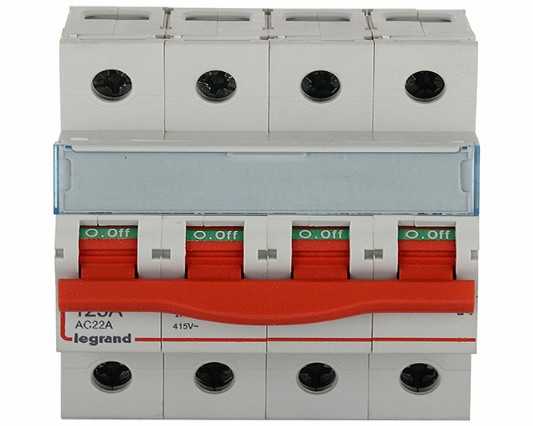
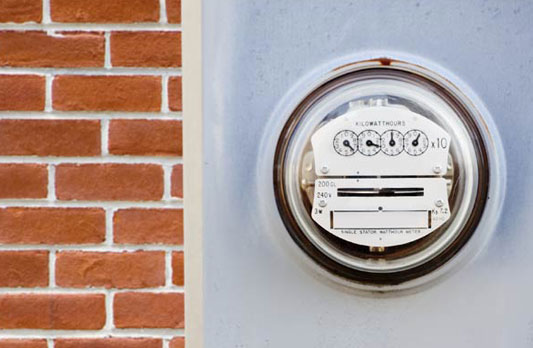
The converted DC power into AC power is sent to your home. Home’s Main Meter panel where it intermingles with the AC Power supplied by local grid. Mostly the old power meters are changed with new bidirectional digital power meters when the solar power system is installed called Net Meters.However, the home now acts as a mini grid producing its own electric power which can even supply surplus power to the local grid. Net metering keeps track of the net inflows and outflows of the electric power throughout the billing cycles. The customer pays for the power what they use, minus the surplus power sold back to the local utility company.
Electric Power is delivered to the home through same way i.e. through existing wiring system, where it will lighten your home and provide electricity to the required appliances, for instance, AC, Washing Machine, and Refrigerator etc. Installing a Solar (PV) energy system at your home will produce clean, green and sustainable energy and thus greatly reduce your energy costs.
(Solar Panels don’t work at night, so you should turn off the switch to draw electricity directly from the grid.)

So what’s driving this rush for solar power adoption?